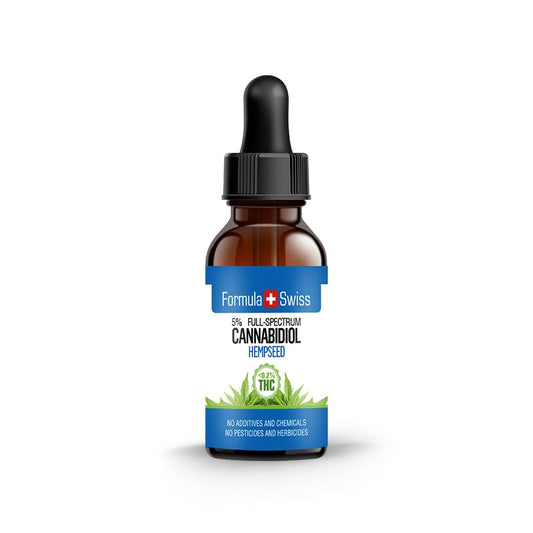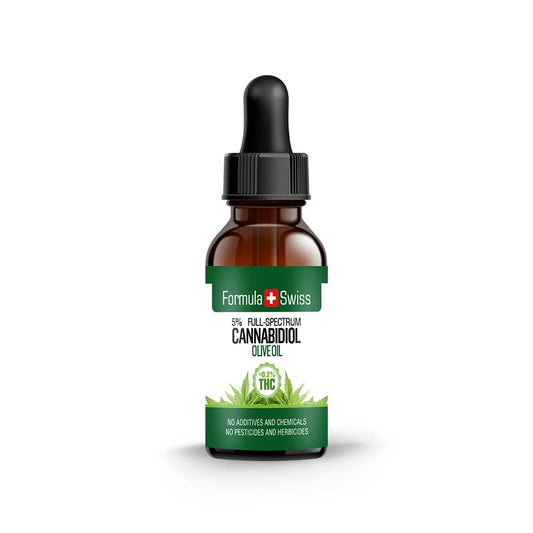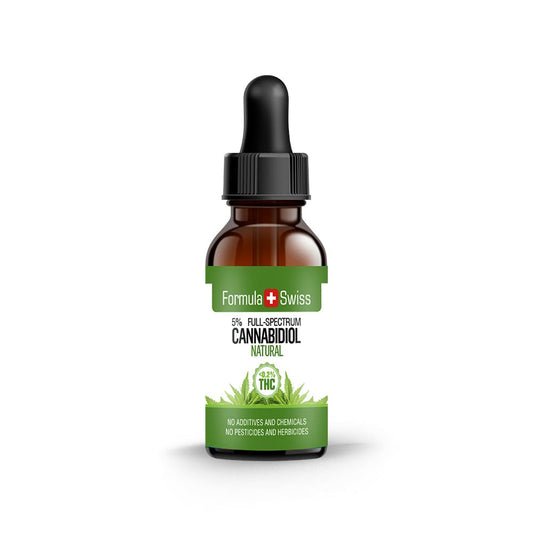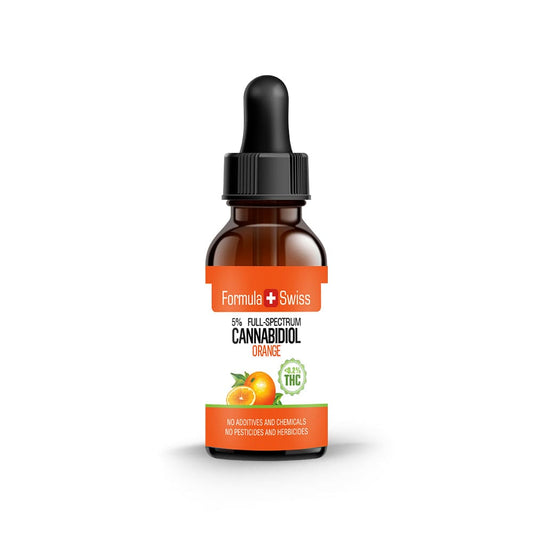The distinctive scent of citrus fruits such as lemons, limes, oranges, and grapefruits is attributed to a natural compound known as limonene. Found within the oils of numerous plants, limonene is widely utilised for its fresh, fruity aroma in perfumes, cleaning products, and cosmetics.
With over a decade of hands-on experience in the cannabis and hemp industry — including work in CBD product development and terpene profiling — I have gained valuable insights into the compounds that make these plants so remarkable. Among the most notable are terpenes — the elements responsible for the unique aromas and flavours of plants, and key contributors to how humans and animals perceive and interact with them.
In this article, I will focus on limonene—what it looks like as a chemical, where it comes from, how it affects people and animals, and how it’s used in different products. I’ll also talk about why learning about limonene is important for those of us interested in cannabis, hemp, and plant science
Prefer watching over reading? This video covers the key points from the article:
Save up to 30% when you order your CBD oil today
Key takeaways
- Limonene is a widely occurring terpene known for its strong citrus aroma.
- It is found in the essential oils of citrus fruits and several other plants.
- Limonene is commonly used in fragrances, cleaning agents, and cosmetics.
- It is one of the major terpenes present in certain cannabis strains.
- Interest in limonene has increased due to its potential functional properties.
This article is provided for informational purposes only and does not relate to any of the products available in our webshop. For more information, please see our full disclaimer.
What are terpenes?
Terpenes are a large class of organic compounds naturally produced by many plants and even some animals. They are most widely recognised for the diverse range of scents and aromas they create in nature.
The fresh scent of pine trees, for instance, comes from a terpene known as pinene, while the soothing fragrance of lavender is linked to linalool.
In the plant world, terpenes serve many purposes. They can attract pollinators with their fragrance while also helping to ward off potential threats. These aromatic compounds are key to the unique character of countless botanicals, influencing not only their scent but also the way they interact with their environment.
Brief overview of limonene
Limonene is one particular type of terpene that is commonly found in citrus fruits like lemon, lime or oranges, but also occurs naturally in several other plant species such as juniper berries, celery, mint, fennel, thyme or cypress trees. It is a colourless liquid that has been used in various products for its characteristic citrus scent.
Limonene is found in cleaning products, deodorant, shampoo, air fresheners, and even in flea and tick repellent for pets. Additionally, it is used as a flavouring agent for food and beverages.

Limonene is classified as a cyclic hydrocarbon, which means it contains both carbon and hydrogen atoms arranged in a ring structure. Its chemical formula is C10H16, which makes it easily soluble in oils or fats but not water.
Order and enjoy up to 30% off your CBD oil purchase
Importance of studying limonene
Limonene is a naturally occurring compound that is widely used in everyday products, particularly within the fragrance and cleaning industries.
With its fresh aroma and effective solvent properties, limonene has become a valuable ingredient in many formulations. This makes it worthwhile to explore its characteristics and applications in greater detail.
How limonene is sourced and extracted also carries environmental importance. Different production methods can affect sustainability, highlighting the need for eco-friendly approaches that support responsible use.
Studying limonene is also part of a broader interest in terpenes as a group of compounds. Gaining a deeper understanding of its structure and behaviour helps reveal the wider role of terpenes in both natural ecosystems and commercial applications.
Chemical structure and properties of limonene
Limonene belongs to the terpene family, specifically the class of cyclic monoterpenes. Monoterpenes are organic compounds commonly found in plants, with a basic chemical formula of C10H16.
They consist of two isoprene units linked together. Limonene has the molecular formula C10H16 and a molar mass of 136.24 g/mol. Its structure includes two chiral centres, which makes it optically active, meaning it can rotate plane-polarised light.

According to research published in Environmental Science & Technology, limonene exists in two enantiomeric forms: (R)-limonene and (S)-limonene. While they share the same chemical formula, their atoms are arranged differently in space. (R)-limonene is more commonly found in nature.
Limonene is a clear liquid with a strong citrus scent. It dissolves easily in organic solvents such as ethanol and hexane but has low solubility in water.
Sources of limonene in nature
Limonene occurs naturally in a wide variety of plants, especially in citrus fruits such as lemons and oranges. It is also found in peppermint, rosemary, juniper berries, fennel seeds, coriander seeds, and pine needles, with citrus peels being its most abundant source. In plants, limonene contributes to natural defences and plays a role in attracting pollinators.
Beyond plants, limonene has also been identified in certain animals and insects, including ants and red foxes.
Order CBD oil now and save as much as 30%
Extraction methods of limonene
Limonene essential oil is most commonly extracted from citrus peels. Techniques include cold pressing, steam distillation, and solvent extraction. Cold pressing separates the oil mechanically, while steam distillation uses heat and vapour to carry the oil from the peel.
Solvent extraction employs chemicals such as hexane to dissolve limonene along with other aromatic compounds. The choice of method depends on factors such as yield, cost, and purity. Cold pressing and steam distillation are often seen as more environmentally friendly, while solvent extraction may achieve higher concentrations.
In addition to essential oil extraction, limonene can also be synthesised chemically or produced by fermentation using microorganisms like yeast or bacteria. These techniques are mainly used in industrial contexts rather than in food or cosmetic applications.
Limonene in cannabis
Beyond its aromatic signature, limonene plays a role in differentiating the sensory appeal of cannabis cultivars.

Aroma profile and sensory attributes
Limonene gives certain cannabis strains a unique citrus smell. It's often compared to lemon, orange, or grapefruit. But just because a strain smells citrusy doesn't mean it has a lot of limonene. You need lab tests to know for sure.
The smell of limonene can change based on the plant's genetics, how it's grown, and how it's processed after harvest. These factors can affect how much limonene is in the final product and how we experience its scent.
Interaction with other cannabis compounds
Limonene is just one of many terpenes in cannabis. It might work together with cannabinoids and other plant parts. This mix can change how the cannabis plant feels and smells.
The exact ways these compounds interact are still being studied. It's important to learn more about how limonene works with other parts of the cannabis plant.
Industrial uses of limonene
Limonene is a highly adaptable compound used in a wide range of industries for both its fragrance and solvent properties. It can be found in everything from household cleaners to personal care products, where it delivers practical functionality while also enhancing sensory appeal.
Fragrance ingredients in consumer products
Thanks to its bright, citrus-like aroma, limonene is a familiar fragrance ingredient in many everyday items. It is often used in perfumes, soaps, and other personal care products, where it provides a refreshing scent that contributes to a pleasant and recognisable sensory profile.

Solvent for cleaning products
Limonene is also widely valued as a solvent in cleaning formulations. Its ability to break down oils makes it a strong alternative to petrochemical-based solvents. As a result, it is often included in degreasers, furniture polishes, and carpet cleaners. Its use reflects the wider shift towards cleaning solutions that combine effectiveness with more environmentally conscious approaches.
Components in cosmetics and personal care products
In cosmetics and personal care goods, limonene contributes both fragrance and function. Beyond its distinctive scent, it helps different ingredients blend more smoothly in products such as lotions, shampoos, and bath products. This dual role makes it a valuable element in a variety of formulations.
Personal perspective
Working in hemp cultivation and CBD production has given me an appreciation for how aromatic compounds like terpenes are far more than just sources of fragrance. Limonene, in particular, has always stood out to me for its vibrant citrus character and the way it interacts with other plant compounds to influence the overall profile of hemp varieties.
Over the years, through both research and hands-on cultivation, I’ve come to see the importance of understanding terpenes in detail. Limonene is a clear reminder of how nature creates remarkable complexity in even the simplest-seeming elements.
Whether collaborating with growers to preserve terpene profiles or contributing to the design of new products, I’ve found that a strong knowledge of plant chemistry — and compounds like limonene in particular — is just as vital as the practical skills needed in cultivation.
Don’t miss out—save up to 30% when you purchase CBD oil today
Frequently asked questions
What is limonene?
Limonene is a naturally occurring aromatic compound, classified as a terpene, found in the rinds of citrus fruits and in various plants.
Where can limonene be found in nature?
It is most commonly found in lemons, limes, oranges, grapefruits, and certain types of cannabis.
What does limonene smell like?
Limonene has a crisp, citrus scent often described as similar to freshly peeled orange or lemon.
How is limonene used in everyday products?
It is frequently used as a fragrance component in perfumes, soaps, shampoos, and household cleaners.
Is limonene found in all cannabis strains?
No, limonene is present in select strains, and its concentration can vary based on plant genetics and cultivation conditions.
What role does limonene play in plants?
In nature, limonene helps plants by contributing to their scent, which may play a role in interactions with insects and other organisms.
How is limonene extracted?
It is typically extracted through processes like cold pressing or steam distillation from citrus rinds or other botanical sources.
Can limonene degrade over time?
Yes, exposure to light, heat, or air can cause limonene to break down, which may affect its aroma and composition.






